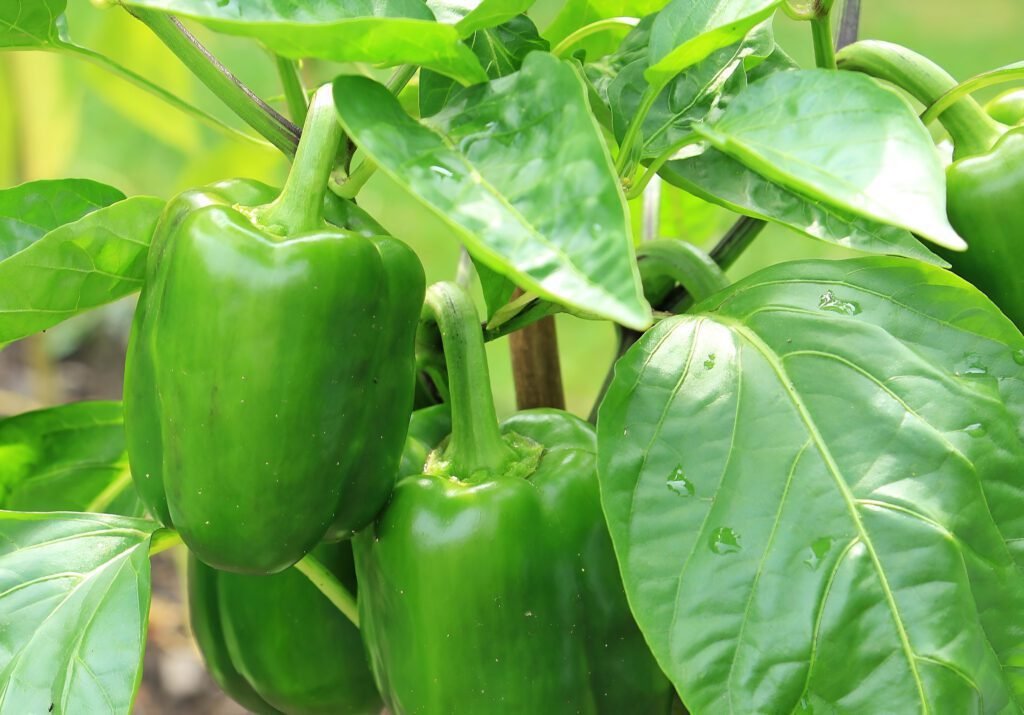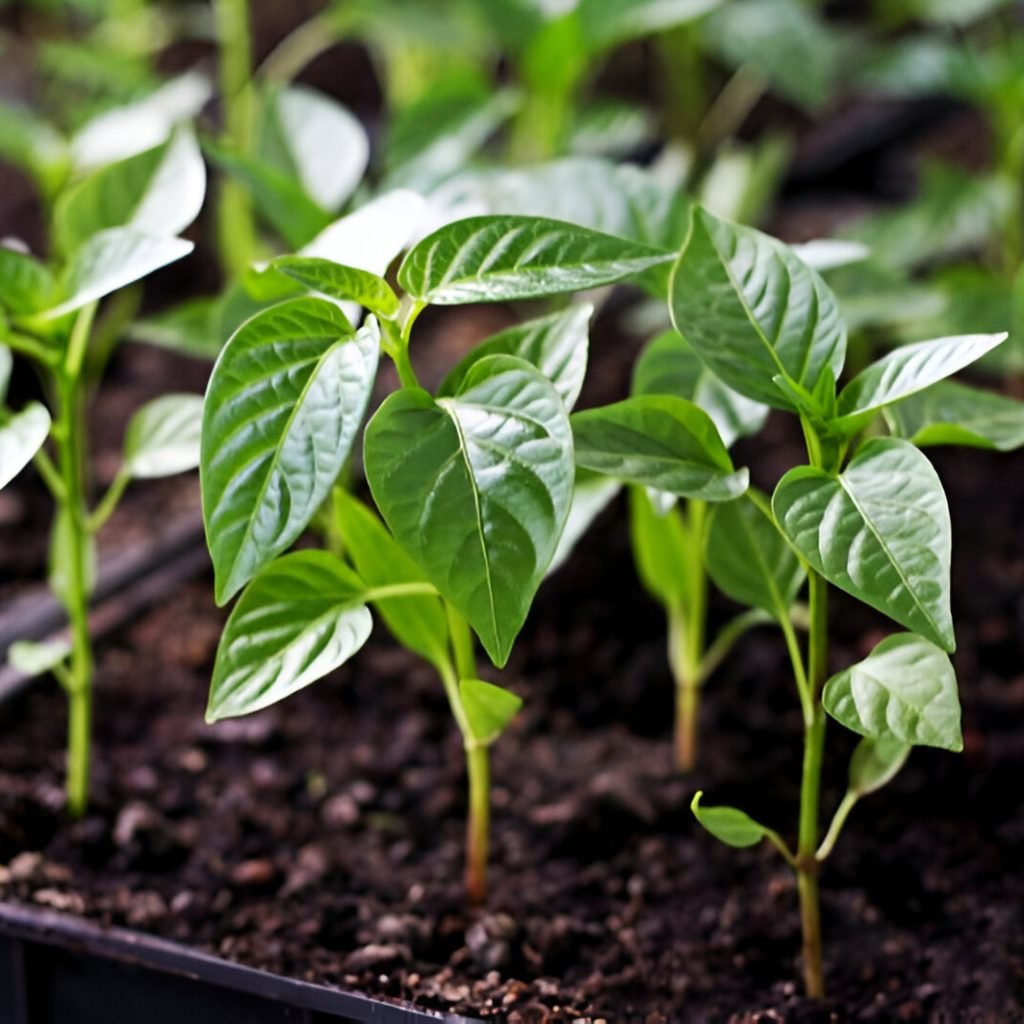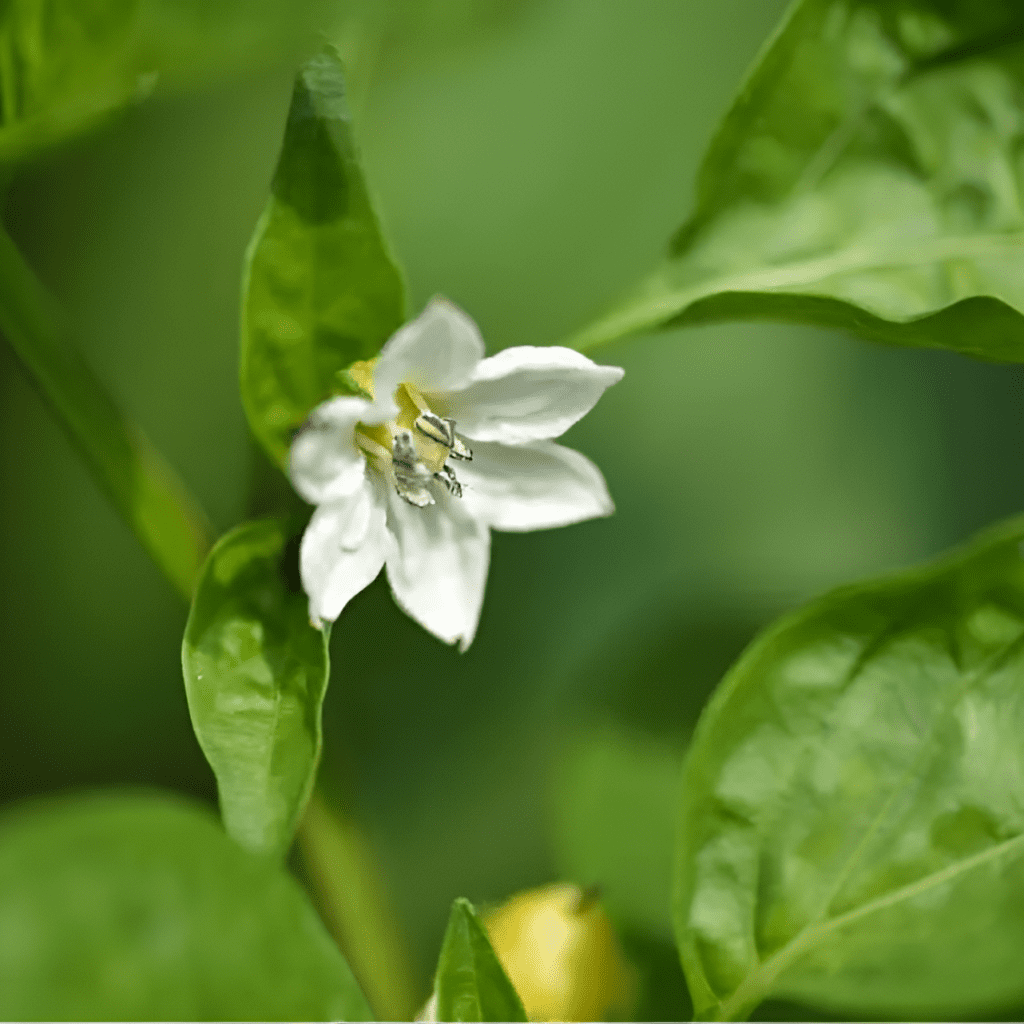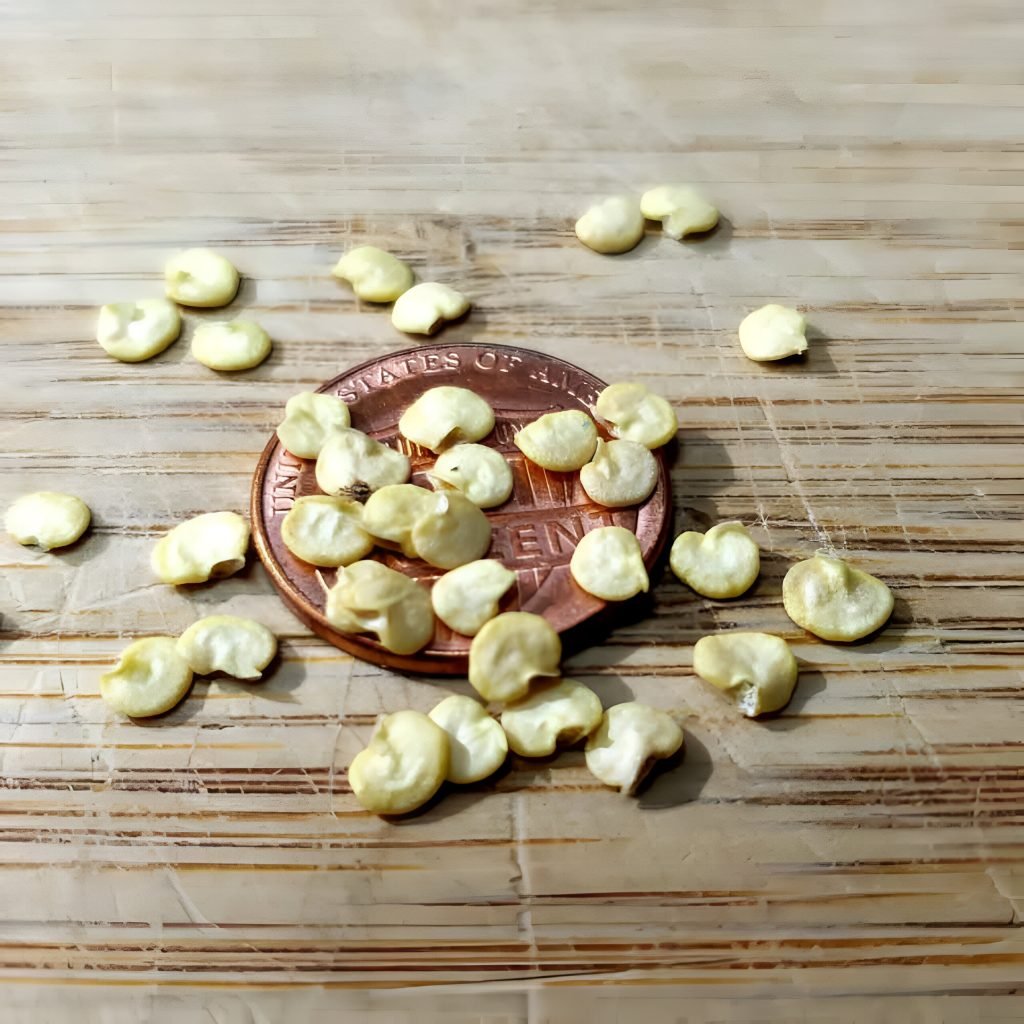Sweet pepper: definition, how to grow it, diseases, care for it
Introduction to sweet pepper
The plant is a tropical perennial, but is commonly grown as an annual vegetable. The plant grows straight and dense...it has dark green leaves, small white flowers and edible fruits..
- It is highly valued for its high content of vitamins, minerals and antioxidants.
- It contains a lot of vitamin C and beta-carotene, as well as vitamins B1, B2, B6, E and folic acid.
- It is also a source of calcium, phosphorus and potassium

Basic care guide
- Cherry Peppers: Delicious raw as a small snack. They are also good in salads or pickles.
- Cuban Pepper: This long, thin pepper is pale yellow-green when first grown but darkens and turns red if left to fully mature. Most of them are sold in their immature state and used chopped as a flavoring for other dishes.
- Green peppers: common, very crunchy in texture.
- Orange sweet peppers have a refreshing, fruity taste. Great for adding color to salads. They have a high percentage of juice and are firm, succulent and crunchy.
- Yellow sweet pepper has a sweet taste and high nutritional content
- Original country:
South America, specifically southern Brazil and Bolivia. It has been cultivated in Mexico since 2500 BC. It is said that Christopher Columbus brought the plant to Europe, and it spread to many parts of the world
- Nickname
The name Capsicum, comes from the Greek word Kapto, which means “to bite... It is also called bell pepper.

The amount of water needed
- Peppers need constantly moist soil throughout the growing season. Drought conditions during flowering time can cause flowers to drop or fail to produce fruit. Later, as the fruit grows, it needs enough moisture to form thick, juicy walls.
- Drought conditions during fruit development can result in thin-walled, dry fruits.
- Water pepper plants at least weekly, or as needed, until the soil is moist to an inch below the soil surface.
- Water the plants deeply and let the soil dry slightly between waterings.
- The amount of water it needs depends on your climate. During hot, dry or windy weather, you'll need more water than you do during cold or wet weather.
Suitable living conditions
It thrives in warm, sunny conditions.
Sweet peppers tolerate cold conditions better than hot peppers
Bell peppers can tolerate a night temperature of at least 12°C (54°F), but will grow best if kept above 15°C (59°F). But they don't like to be too hot – temperatures above 30°C (86°F) can reduce fruiting, so keep the greenhouse well ventilated and provide shading in summer
Suitable lighting for him:
Sun must be provided, as sweet peppers need full sun to grow and ripen properly; So keep it in a sunny place; Unless you live in a climate exposed to extremely high heat and intense sunlight, in which case you can use shade cloth or place plants nearby to reduce their exposure to the rays.
- Bell pepper plants do not tolerate wet or poorly drained soil, so it is important to choose a potting mix that drains well. A mixture containing a mix of peat moss, perlite and vermiculite can help improve drainage and prevent waterlogging.
- Bell pepper plants prefer slightly acidic soil with a pH between 6.0 to 6.8. If the soil is too alkaline, it may be difficult for plants to absorb some nutrients. A potting mix with a slightly acidic pH can help ensure your plants get the nutrients they need.


Find out what light your plants are actually getting.
Find the best locations for them to improve their health, simply using your phone.
Flowering stage
- Plant height
Up to 90 cm (3 ft.)
- Flowering stage :
About 50 days for a flower bud to grow. Reasons for pepper flowers to fall: temperature is too hot or too cold, excessive watering, excessive fertilization.
How to plant seeds
- Place the seeds on a wet paper towel in a bowl. Cover them with cling film to prevent moisture loss (the cling film should not touch the seeds) and place them in a warm area, a temperature of around 22°C/72°F is ideal.
- Keep the paper towel moist at all times. The seeds will take an average of ten days to germinate.
- The sprouting seeds will sprout a small white root indicating they have begun to grow. The roots are difficult to see on white paper towels, so monitor them carefully at least once a day after the first four days.
- When the leaves grow you will need to move them to larger pots. Pots that are 12cm (5in) to 15cm (6in) wide are ideal. Set the plants 5cm (2in) or more deeper in the new pots than they were previously. This will encourage the creation of stronger roots and help anchor the plants as they grow
Fruiting stage
It takes about 20 weeks (4 months) from the beginning of planting the crop until the first picking,
Sweet peppers can be harvested from mid-summer to fall
- Bacterial leaf spot: remove infected parts, provide adequate fertilizer. With proper feeding, apply copper fungicide as a foliar spray in the early morning or late evening to help reduce spread.
- Mosaic virus on pepper: Growing resistant pepper varieties... Look for varieties marked “TMV” (resistance to mosaic virus)
- Insects: aphids, spider mites, thrips. The solution is a suitable insecticide.

Fertilization care
- Apply a fertilizer with a slightly higher NPK than phosphorus such as 5-10-10 at planting time and again when the flowers mature.
- When the fruits begin to form a balanced NPK of 10-10-10.
- Avoid high-nitrogen fertilizers early in the season which can cause excessive foliar growth instead of flowers, buds and fruit.
Pruning
Pruning is not required, but you can remove branches that are not producing buds or fruit to direct energy toward the peppers that are already growing.
Use sharp, hand-sanitized shears and cut the branches off at their base
Suggested use:
- The best method used in cooking sweet peppers, which preserves the nutrients and antioxidant activity present in it, is rapid frying.
- It can be added to many foods, such as salads, sauces, pasta, soups, fried eggs, hot and cold sandwiches, and some types of pizza.
- Suitable planting time
From mid-February to early March for plants that will grow in a greenhouse, and in late March or early April for outdoor growth.



